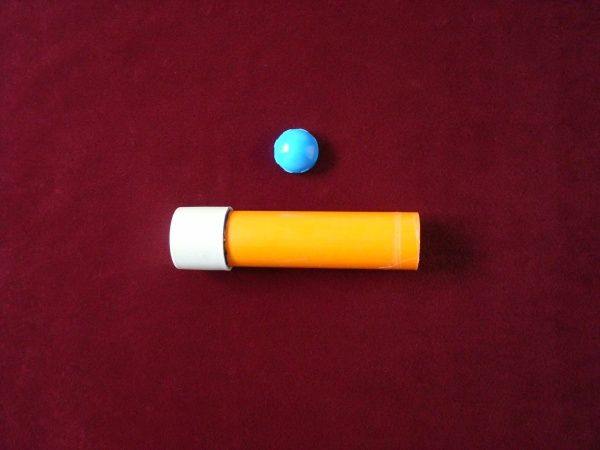Radiation detection systems
Detection and definition of uranium orebodies below ground by the Nuclear Track Uranium Ore Exploration Tool

Nuclear Track Uranium Ore Exploration Tool (NTUOET)
The NTUOET is used for the shallow uranium orebody detection through the radon gas monitoring in the soil air above the orebody. The NTUOET can detect much deeper uranium mineralization than a scintillometer or the airborne gamma spectrometry.
Radium generates radioactive radon gas (222Rn) through its radioactive decay in uranium ore. A small fraction of radon gas escapes from uranium bearing minerals and becomes mobile in pores of the orebody. Radon gas can subsequently diffuse a few meters in pore air above the orebody depending mainly on the moisture content in rock and soil pores. It has been demonstrated that in dry soil conditions an elevated radon activity concentration in the soil air could be due to the uranium mineralization situated up-to 5 m below the surface. Nevertheless, radon can reach the NTUOET from much deeper orebodies due to its transport through faults.
The NTUOET is inserted by a client into a tightly made hole in soil so the bottom of the tool is 13 cm below the surface. It is required to slightly compact soil around the tool by a hammer. Typically, the NTUOET is exposed during a period of 2 – 4 weeks. Within 3 – 5 weeks after the exposed NTUOETs are received RDS e-mails the radon activity concentrations in the soil air (excel spreadsheet) to the client.